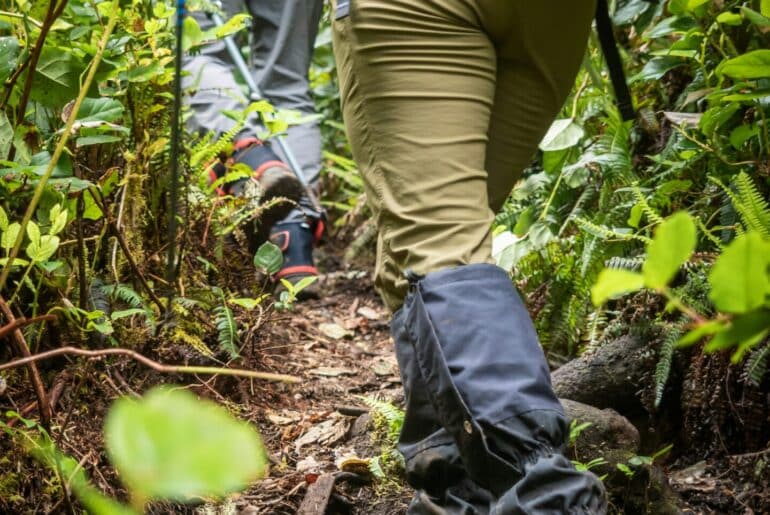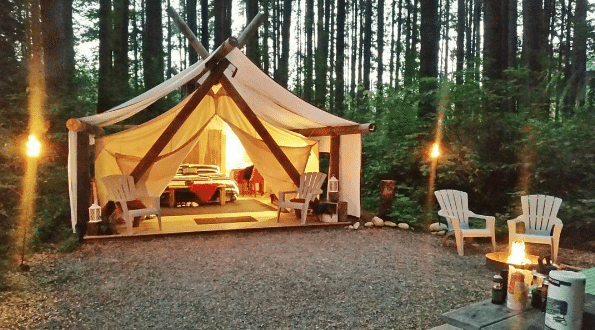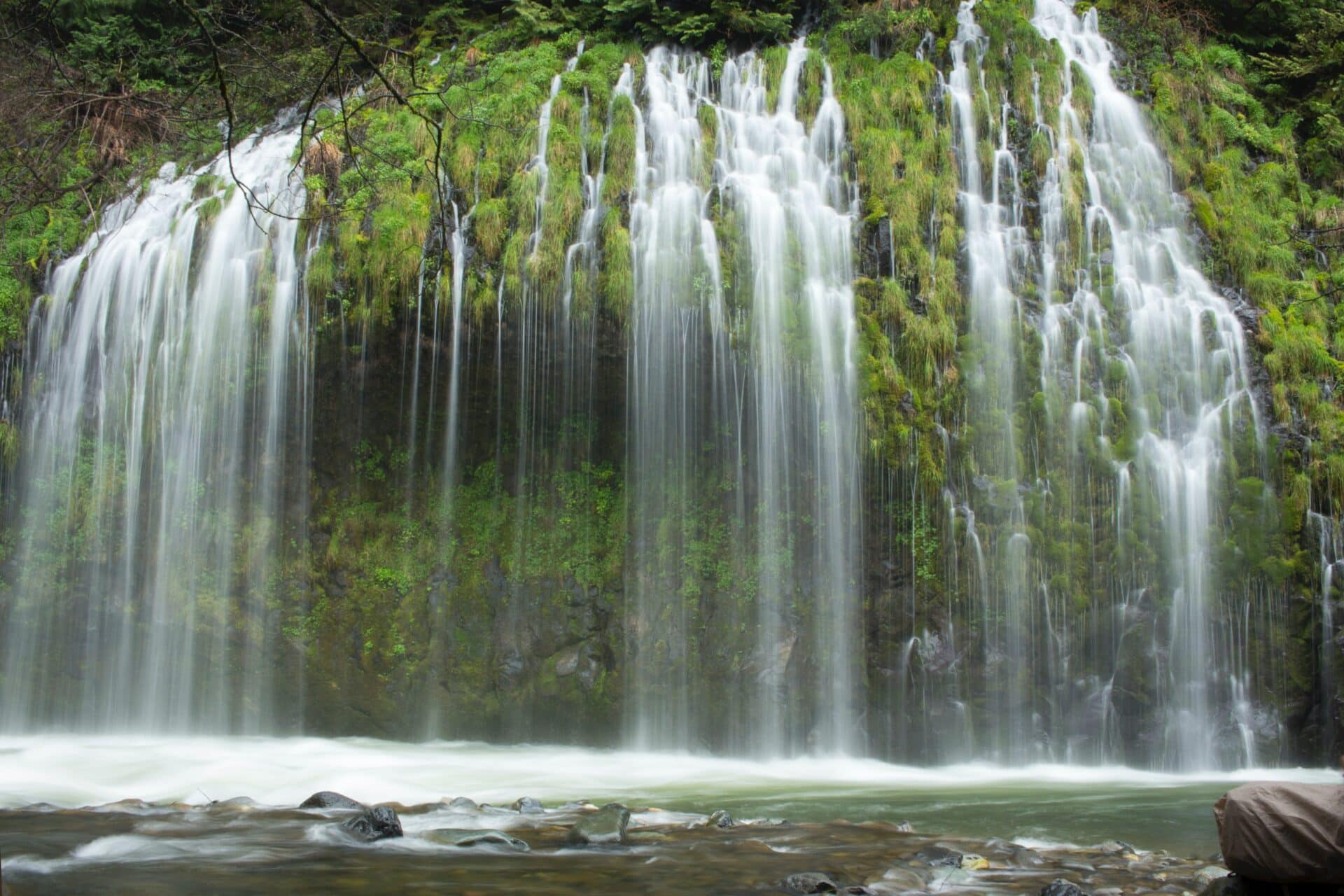Hiking in the great outdoors has long been a favorite pastime for me. It offers an escape into nature and a great workout that rewards with incredible views, especially here in the Pacific Northwest.
Women hikers have increasingly made their mark, challenging trails across the globe and proving the indomitable strength and resilience that lie in the spirit of adventure. I have spent the last two decades traversing the Pacific Northwest and have hiked everything from wide-open country fields to ancient rainforests to challenging mountain treks.
The Pacific Northwest is a hotbed for some of the most breathtaking (literally) hikes in North America. Not convinced? Read my articles about hiking in Central Oregon and British Columbia.
During my adventures, through trial and error I have found the best hiking gear that not only aids in the hiking experience, it keeps you warm protected, and looking great on the trail.
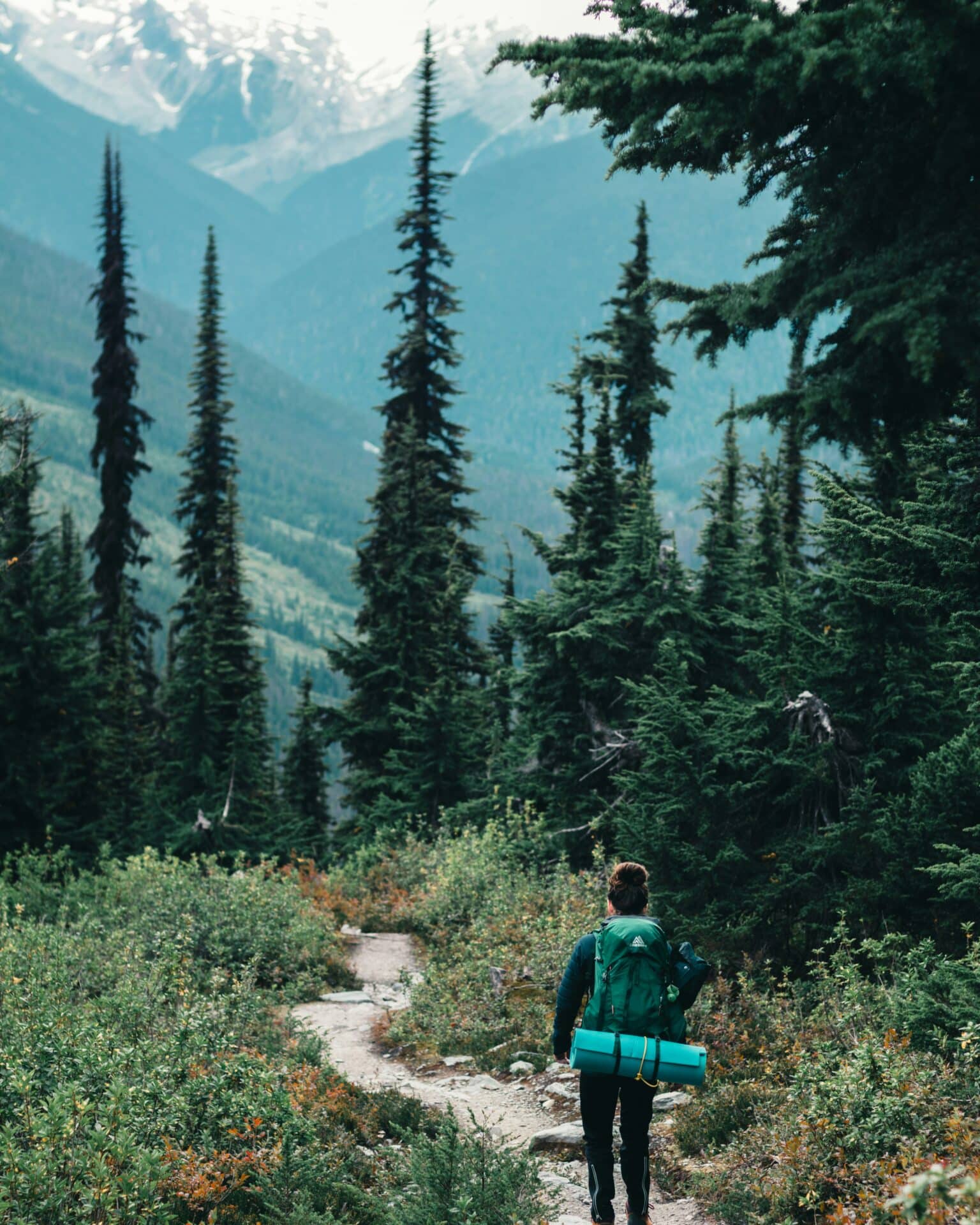
Hiking Essentials for Women
The key to any successful hike, especially in the wilderness, lies in the preparation—particularly in selecting the right gear. The best hiking gear for women is not merely about comfort or fashion; it is about safety, efficiency, and enhancing the hiking experience.
From the right footwear that offers protection and grip on varied terrains, to the backpack that balances weight and accessibility, every piece of equipment has its role in ensuring the hike is enjoyable, safe, and leaves you yearning for the next trail.
This comprehensive guide will equip you with the knowledge and gear you need to tackle the trails with confidence.
**This post contains affiliate links. When you click and buy any of these high-quality, affordable products recommended by me, Explorer Sue, I receive a small commission at no additional cost to you.**
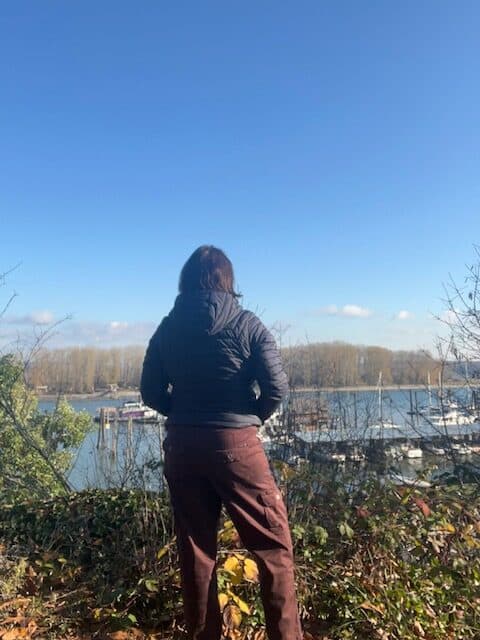
Best Hiking Clothes for Women
When it comes to clothing for the trail, women should wear clothes that offers flexibility, protection, and comfort. Layering is key, starting with a moisture-wicking base layer that keeps the skin dry by drawing sweat away.
I love this thermal compression top – it’s great for cool, early morning hikes.
The next layer should provide insulation, keeping you warm in cooler conditions. Fleece materials are often preferred for their lightweight and breathable properties. This fleece zip pullover with thumbholes is my go-to trail buddy. It’s great for cold weather and helps protect me against the element.
An outer layer serves as further protection against the elements—windproof and waterproof jackets are essential, especially in unpredictable weather. I just bought this jacket from a company called 33,000 Feet and it served me well on a recent damp morning in the woods. It comes in lots of great colors, too!
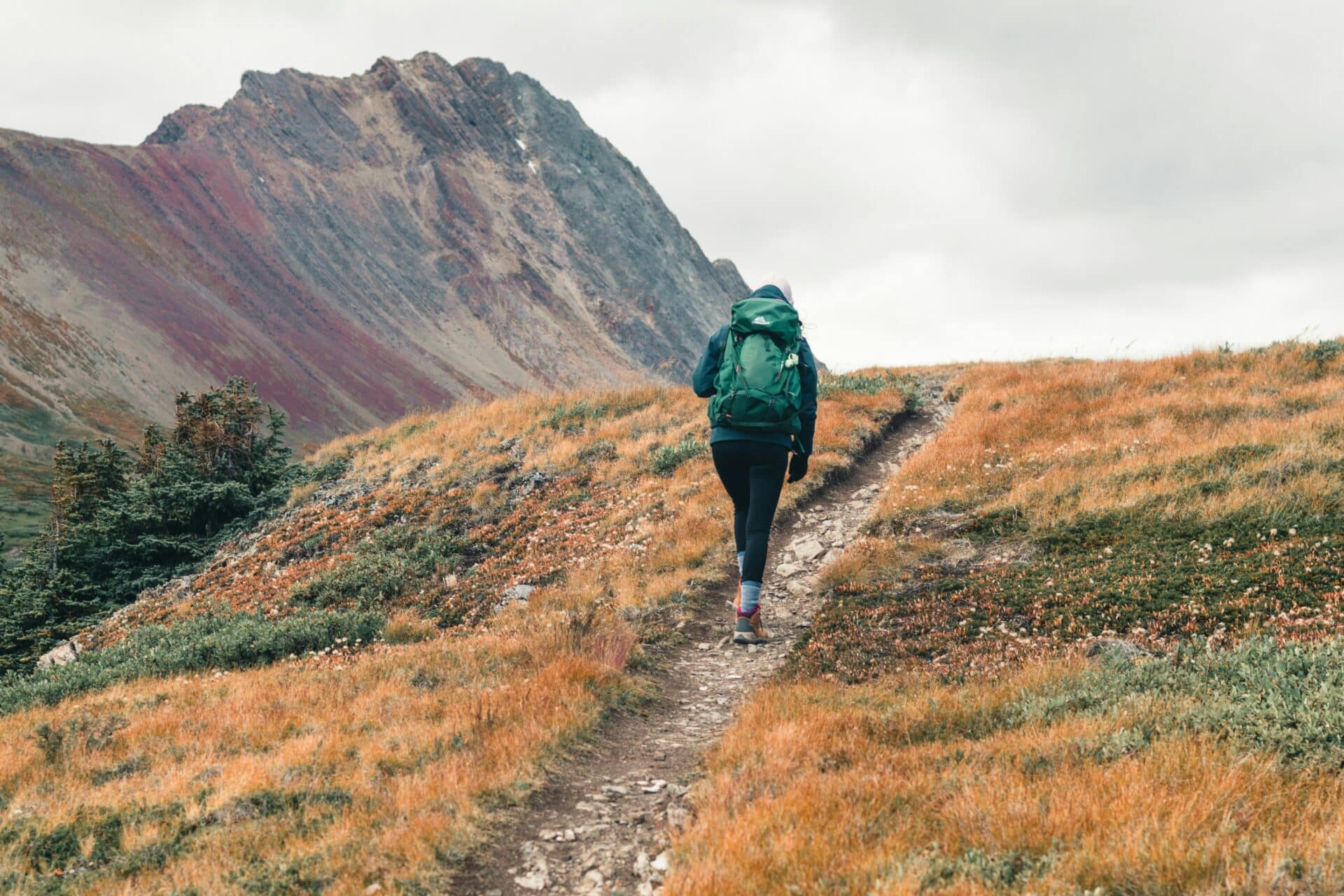
Additionally, choosing pants made of durable, quick-drying fabric can make a difference in comfort and mobility. I’m a huge fan of Kuhl – they produce top-notch outdoor apparel. My Kuhl hiking trousers give me the freedom of movement I need on the trail and they look great.
Each piece of clothing should empower you to tackle challenges the trail presents, from steep climbs and rough terrain to variable weather conditions.
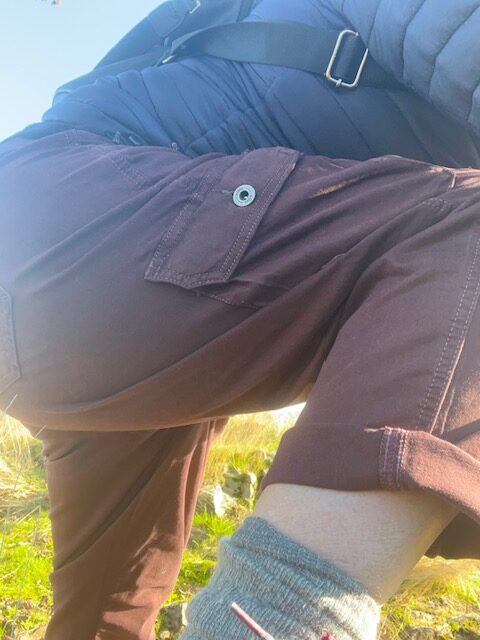
Hiking in a Dress
For me personally, hiking in a dress seems nice in theory, but presents problems. Yes, there are dresses out there specifically tailored for hiking, and you do get ease of movement, but I find them to lack the support I need to really protect my legs for a good hike. Little things like keeping your legs dry and that uncomfortable feeling you get when your thighs rub together just doesn’t do it for me.
So, if you must wear a skirt or dress for hiking, wear a pair of breathable, moisture-wicking leggings underneath. Your body will thank you.
I have worn this dress out on the trail and it suits me just fine for shorter hikes. It’s stretchy, moisture-wicking, and even comes with shorts that have a pocket to wear underneath!
Best Hiking Shoes for Women
Invest in a pair of high-quality hiking boots that provide ample support, cushioning, and traction. Choose boots that fit snugly without constricting your feet, and ensure they are waterproof or water-resistant to keep your feet dry and comfortable in all conditions.
I have hiked both Mount Rainier in Washington and Trolltunga in Norway with these hiking boots. They are amazing and I’ll be sad when they finally give out in about 10 years.
Pro Tip: Remember to break them in before your hike to minimize the risk of blisters. When trying on hiking shoes, be sure to wear the same socks you’ll be wearing on your hike.
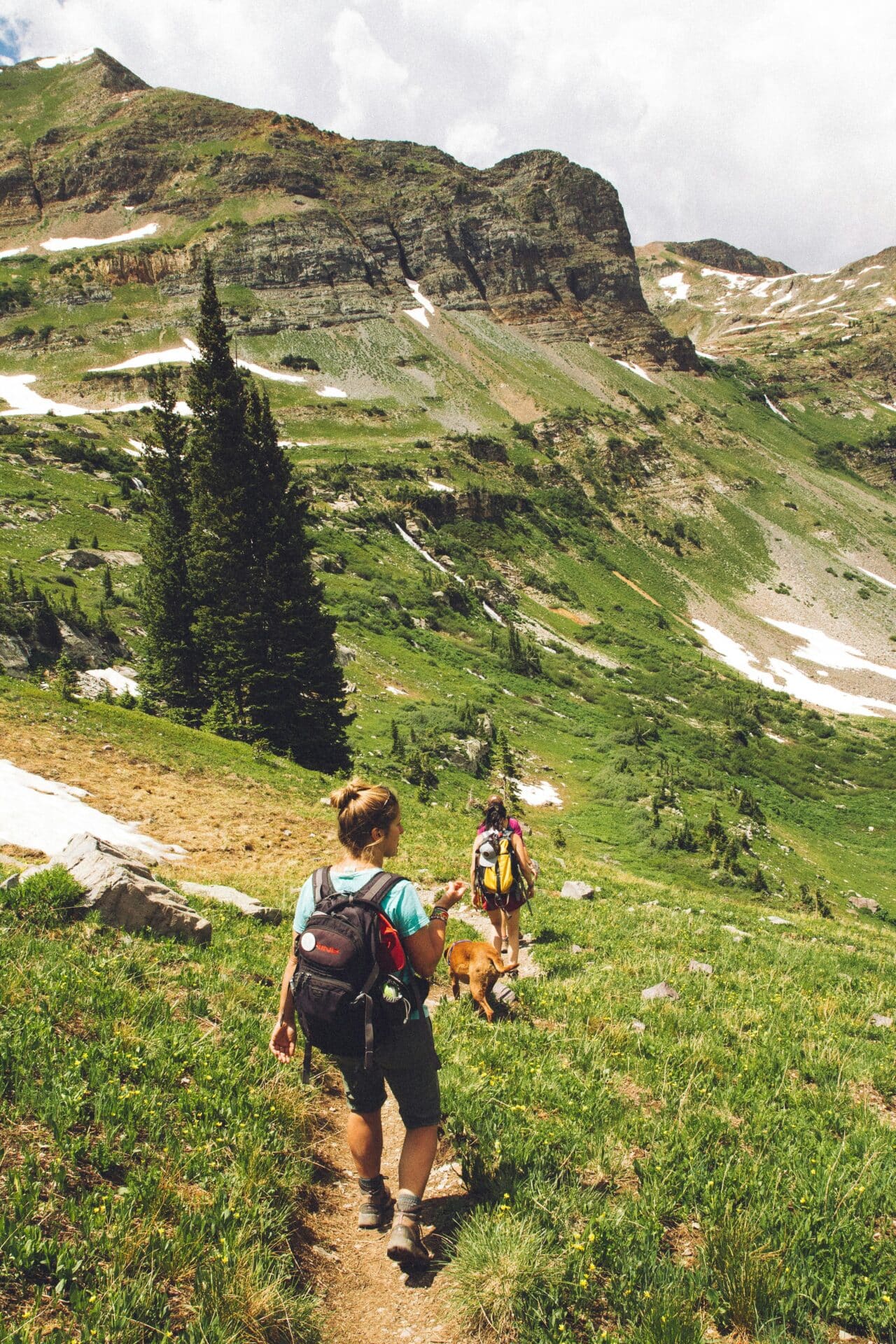
Best Hiking Hat for Women
Choosing the right headwear is critical for women when planning a hike, as it not only offers protection against the elements but also contributes to overall comfort.
A wide-brimmed hat is ideal for sunny days, providing ample shade and protecting the face, neck, and ears from harmful UV rays. You can’t go wrong with this protective hat by Columbia.
For colder weather, a wool or synthetic beanie can keep the head and ears warm, crucial for maintaining body temperature in chilly environments. This is a great one by Meriwool.
In addition to these, a bandana or a buff is versatile for all weather conditions; it can protect against the sun, serve as a sweatband, or even be used as a makeshift cooling towel when dipped in water. I have several Buffs in different designs and have used them for a couple of decades now.
Selecting headwear with moisture-wicking materials can also help in regulating temperature and keeping sweat at bay, enhancing the hiking experience.
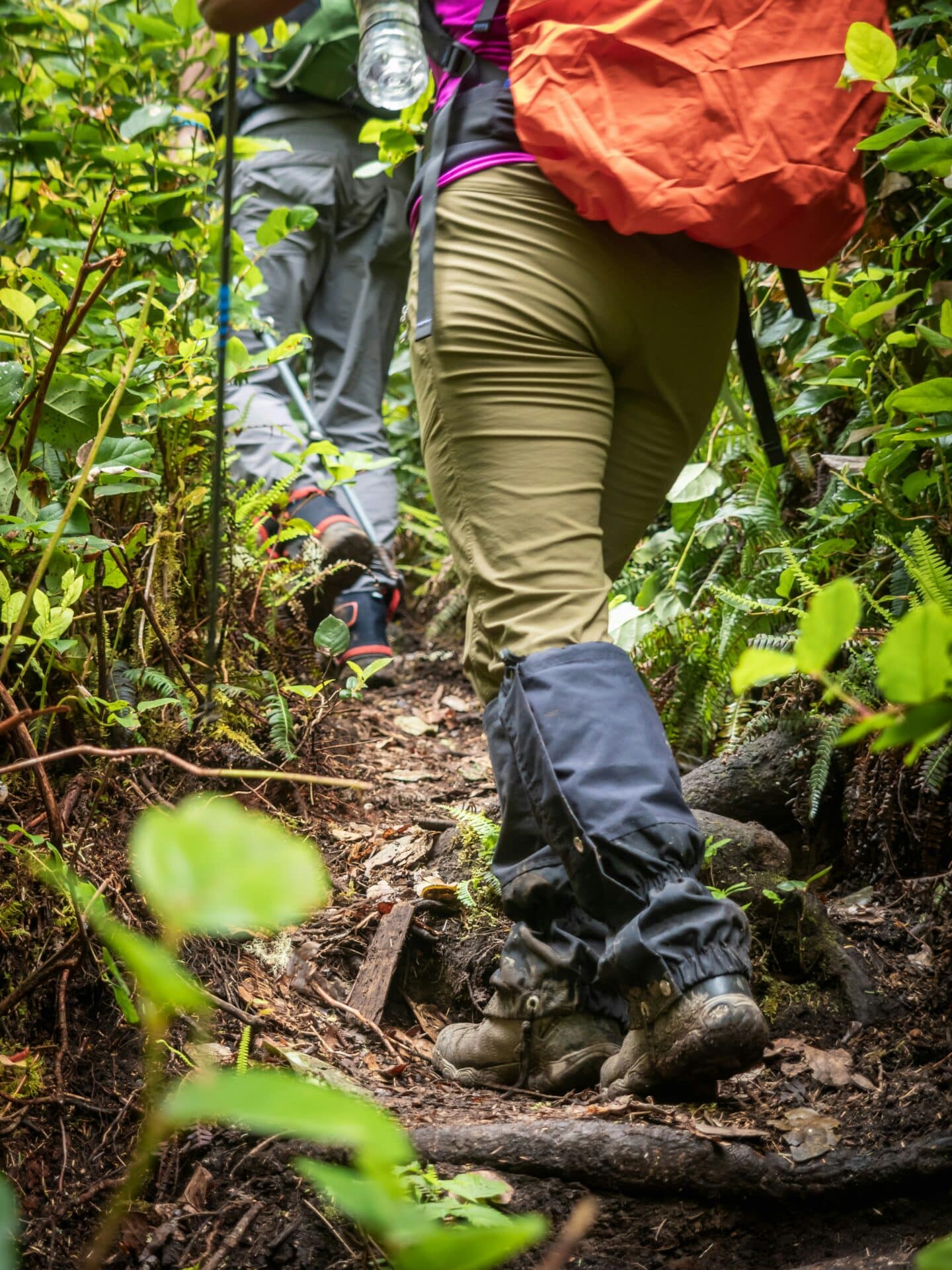
Hiking Poles: Stability and Support
Hiking poles can be a helpful tool for hikers of all levels. They can help you maintain balance on uneven terrain, reduce impact on your knees and ankles, and propel yourself forward. They provide additional stability, especially on uneven terrain or when carrying a heavy pack.
They can help reduce fatigue and improve balance, making your hike more enjoyable. Choose poles that are lightweight and adjustable, and consider features like shock absorption and quick-release straps.
If you’re new to hiking, I recommend starting with one pole and then adding a second pole if you find that you need more support.
These trekking poles by Trekology give you the stability and confidence you’ll need in uneven and rocky terrain. And they last a LONG time.
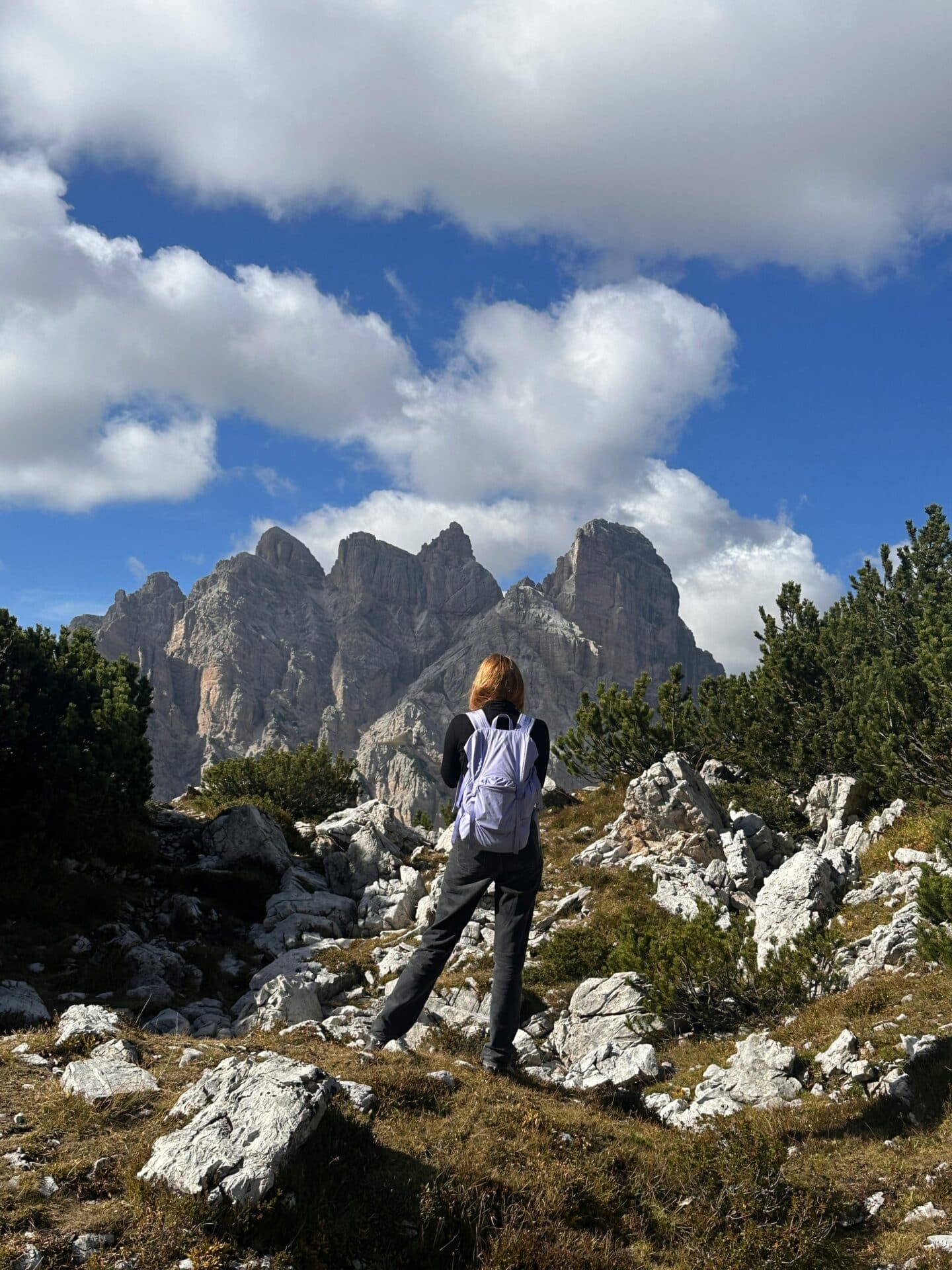
Hiking Backpack: Comfort and Capacity
A well-fitting backpack is crucial for comfort and safety. Choose a pack with a capacity that suits the length and difficulty of your hike. Ensure it has a supportive hip belt and adjustable shoulder straps to distribute the weight evenly. Look for features like hydration compatibility, multiple compartments, and external attachment points for gear.
My go-to brand for these is Osprey and my handy daypack is lightweight yet roomy enough to fit in everything I need for a full day on the trail.
First Aid Kit: Be Prepared for Emergencies
Always carry a well-stocked first aid kit in case of minor injuries or emergencies. Include essentials such as antiseptic wipes, bandages, tweezers, pain relievers, antihistamines, and any prescription medications you may need.
This is a great one by Everlit. It packs a lot of punch in a small bag, and fits snugly into your day pack. You’ll definitely have peace of mind on the trail with this first aid kit.
Consider adding a small emergency blanket or shelter for additional protection.
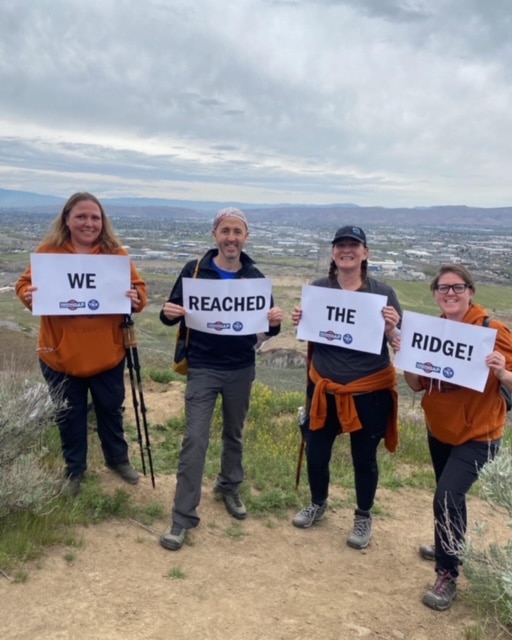
Navigation and Communication
And if that weren’t enough to think about, oh yes, there’s more! Equipping yourself with reliable navigation and communication tools is crucial for any hiking adventure.
Navigation aids, like a traditional map and compass, remain essential, even in an era dominated by digital devices. These timeless tools do not rely on battery power or signal strength, offering a dependable alternative when technology fails.
This is a great compass and even has illumination for low-light conditions, a separate LED light, and emergency whistle.
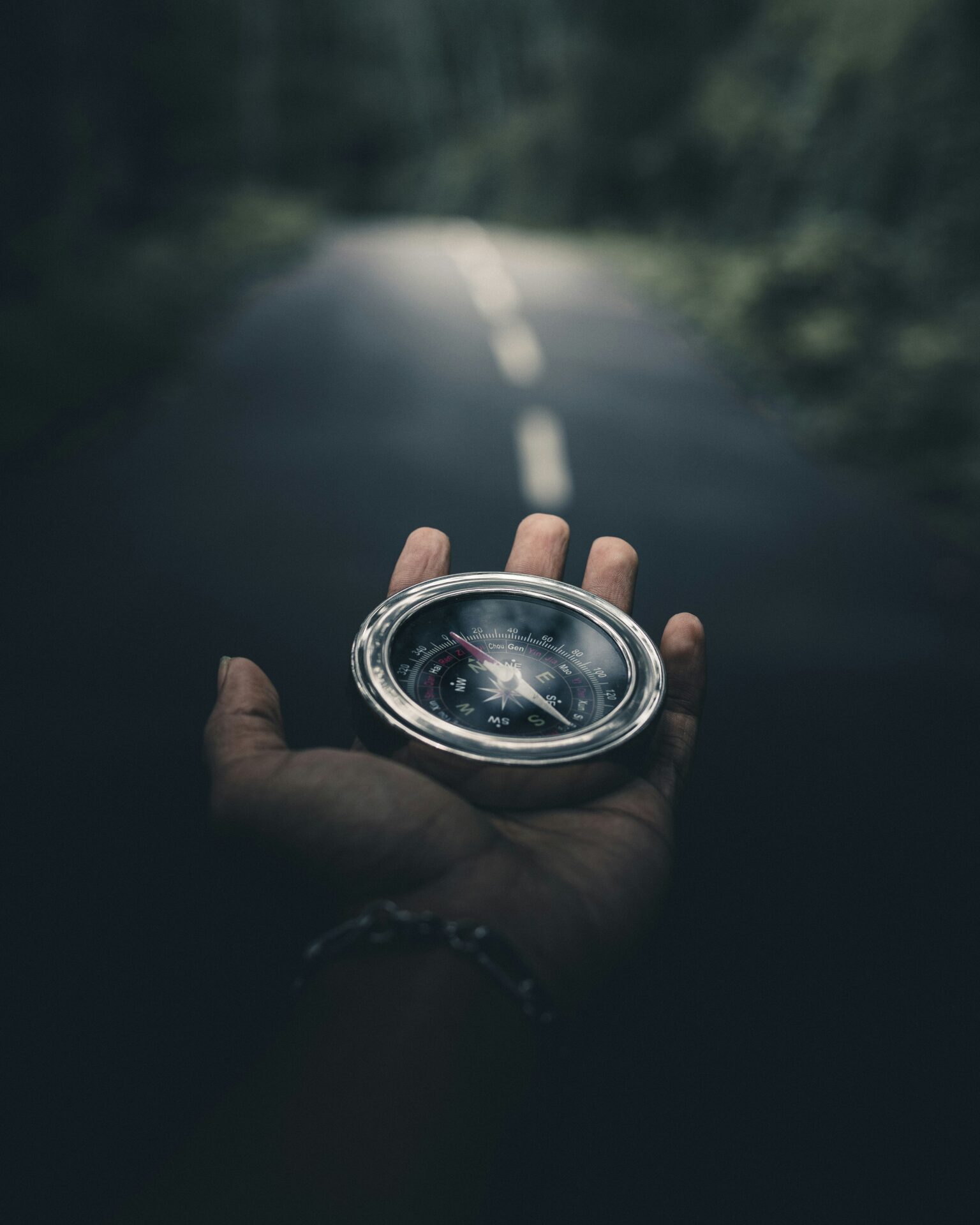
For enhanced ease and accuracy, a GPS device or a smartphone with a GPS app can assist in tracking your location, plotting routes, and finding points of interest. However, it’s vital to ensure devices are fully charged and, if possible, carry an external power source.
Communication tools also play a critical role, especially in remote areas where the unexpected can occur. A fully charged mobile phone is a basic necessity for emergencies, but signal coverage can be patchy or non-existent in the wilderness.
In such cases, satellite phones or personal locator beacons (PLBs) become invaluable, providing a lifeline to the outside world and emergency services. While PLBs are a big pricy, they can still make or break your experience if you get lost. This one with GPS gets high ratings and comes with a (slightly) lower price tag.
Carrying a whistle can also serve as a simple yet effective means to signal for help. Whether facing unpredictable terrain or unforeseen circumstances, these navigation and communication essentials are indispensable for safety and peace of mind on the trail.
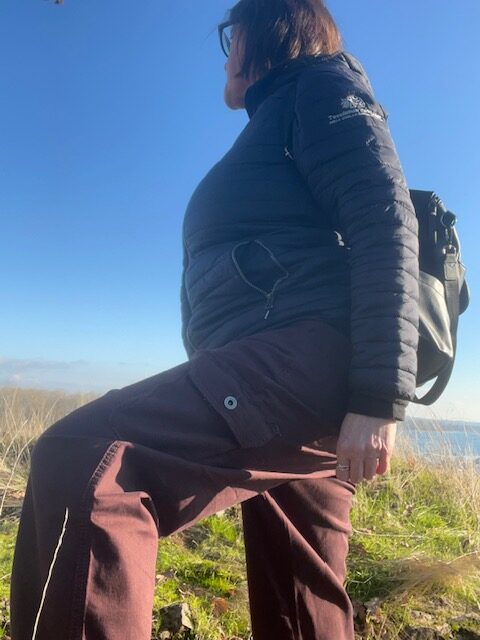
Additional Gear Considerations
Depending on the conditions and length of your hike, you may also consider bringing additional gear such as:
- Headlamp or flashlight
- Multi-tool or knife
- Fire starter
- Sunscreen and insect repellent
- Water filter purification system
- Snacks and energy bars
- Raincoat or poncho
Being well-equipped with the right hiking gear is essential for a safe and enjoyable experience on the trails. By following these tips, you can hit the trails with confidence, knowing that you are prepared for whatever Mother Nature may throw your way.
Solo Hiking Safety: Essential Precautions
Hiking alone can be a great way to enjoy the outdoors, but it’s important to take some extra safety precautions. Here are a few tips:
- Tell someone where you’re going and when you expect to be back.
- Hike in areas that are well-traveled and avoid hiking alone at night.
- Carry a whistle or other signaling device in case of emergency.
- Be aware of your surroundings and trust your instincts. If you feel unsafe, turn around and head back to the trailhead.
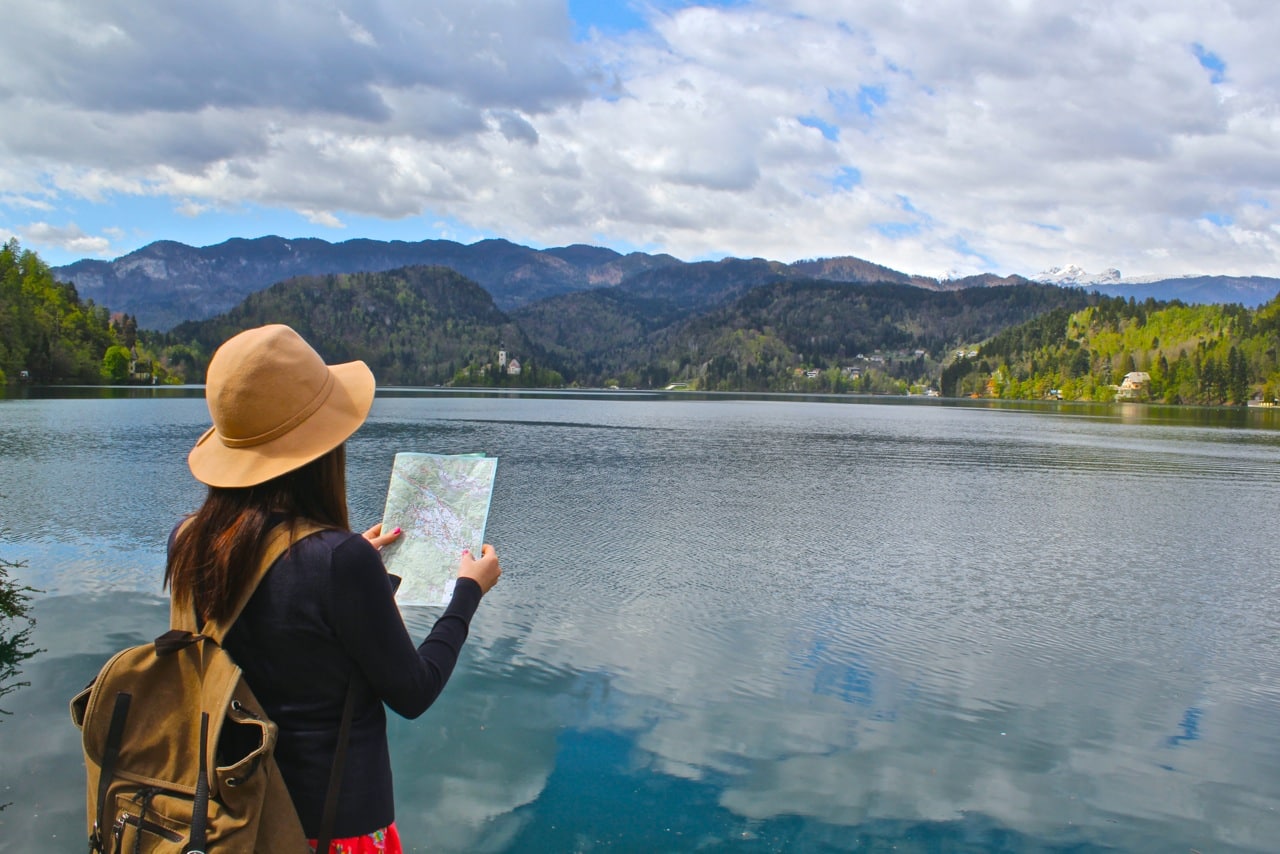
Hiking Gear Pro Tips
Waterproof and breathable outerwear is essential for hiking in unpredictable weather. Look for garments made from materials like Gore-Tex or eVent that allow moisture to escape while keeping rain and snow out. Consider carrying a pair of rain pants as well to ensure you stay dry from head to toe.
Even if the weather forecast is clear, it’s always a good idea to bring waterproof clothing with you on your hike. A sudden rainstorm can quickly turn a pleasant hike into a miserable experience.
Remember to prioritize comfort, safety, and adaptability in your gear choices, and always hike within your limits. With each adventure, you’ll gain experience and knowledge, empowering you to explore the great outdoors with confidence.
Happy Hiking!

